These animals are vulnerable to habitat destruction, climate change, and inbreeding due to low population numbers. While conservation efforts are trying to protect these species, they are listed as vulnerable, endangered, and critically endangered and could be extinct in fifty years.
Polar Bear
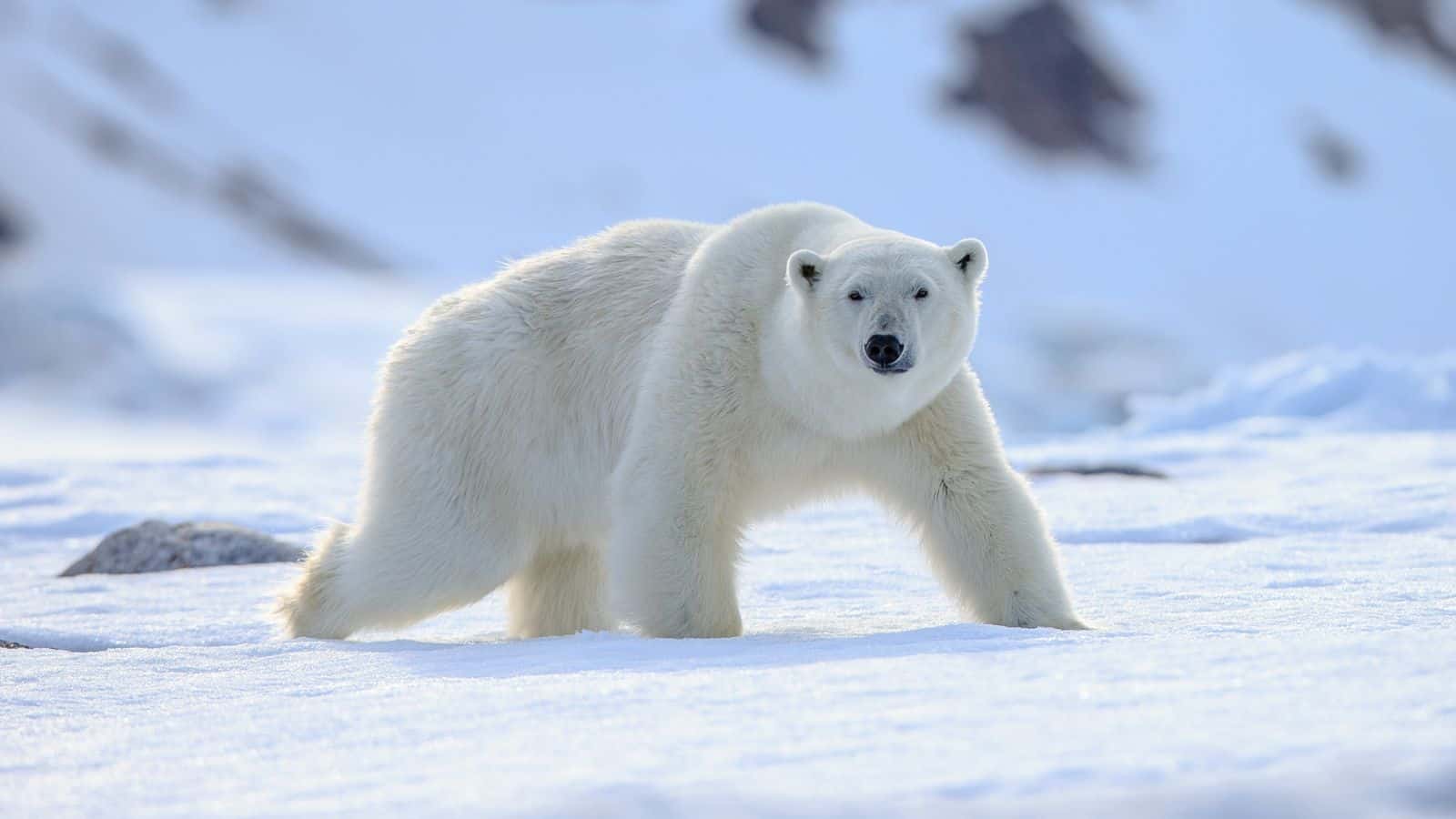
Rising temperatures are melting sea ice in the Arctic, threatening the habitat of the polar bear, the largest of the bear species. The Center for Biological Diversity warns that “two-thirds of the world’s polar bears could be extinct by 2050 if greenhouse gas-fueled global warming keeps melting their Arctic sea-ice habitat.”
Hawksbill Turtle

The hawksbill turtle is named for its pointed, narrow beak and is critically endangered, primarily due to human fishing practices and hunting for its distinctive shell. Their diet consists mainly of sponges from coral reefs, which are at risk from pollution, rising sea levels, and coastal development.
Kākāpō
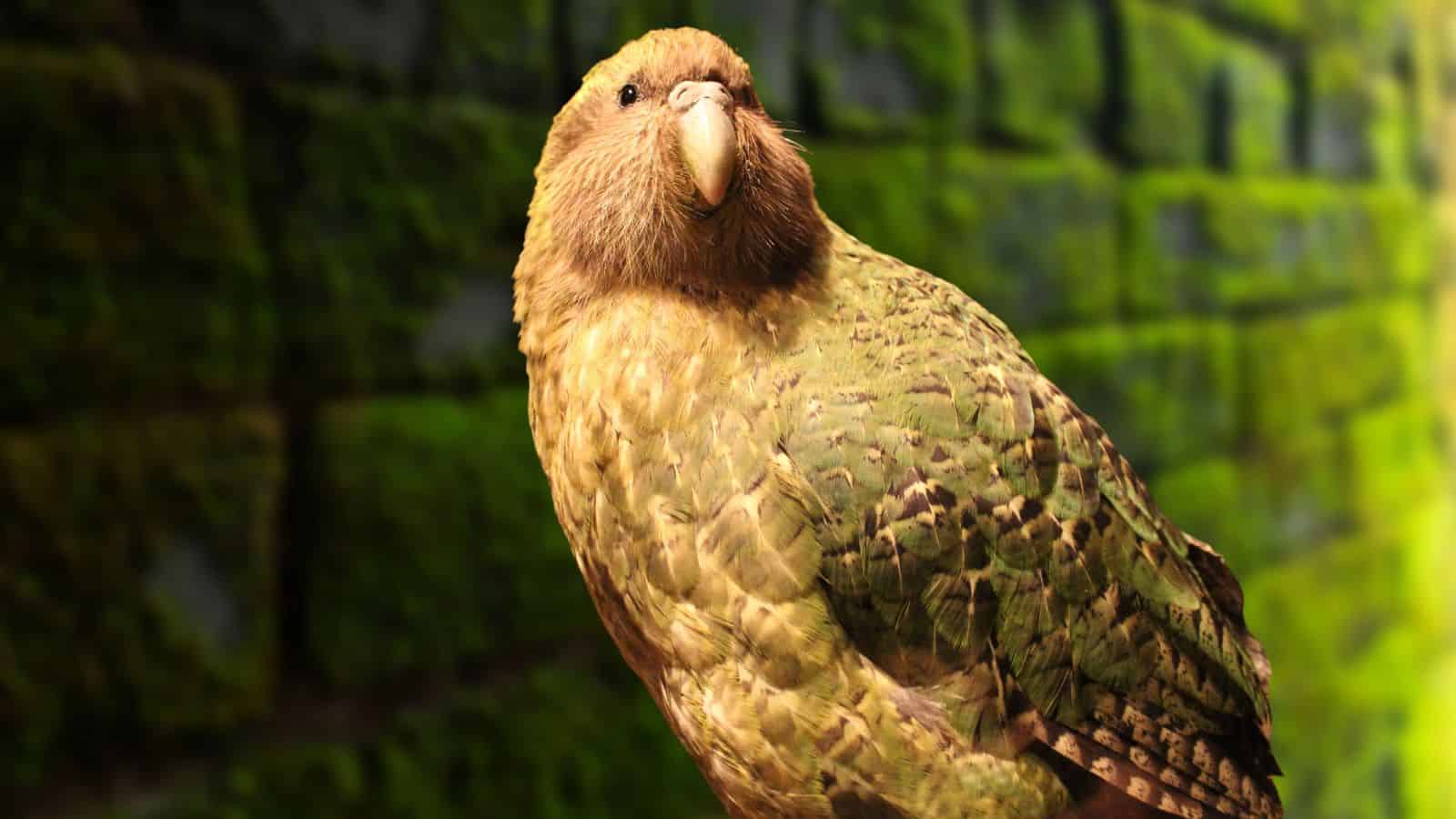
This unique, flightless parrot is nocturnal and endemic to New Zealand. It is an excellent climber and exhibits island syndrome, historically having few predators and abundant food. This species is critically endangered, with a total known population of under 250, and was heavily hunted but is now the focus of a recovery program.
Orangutan
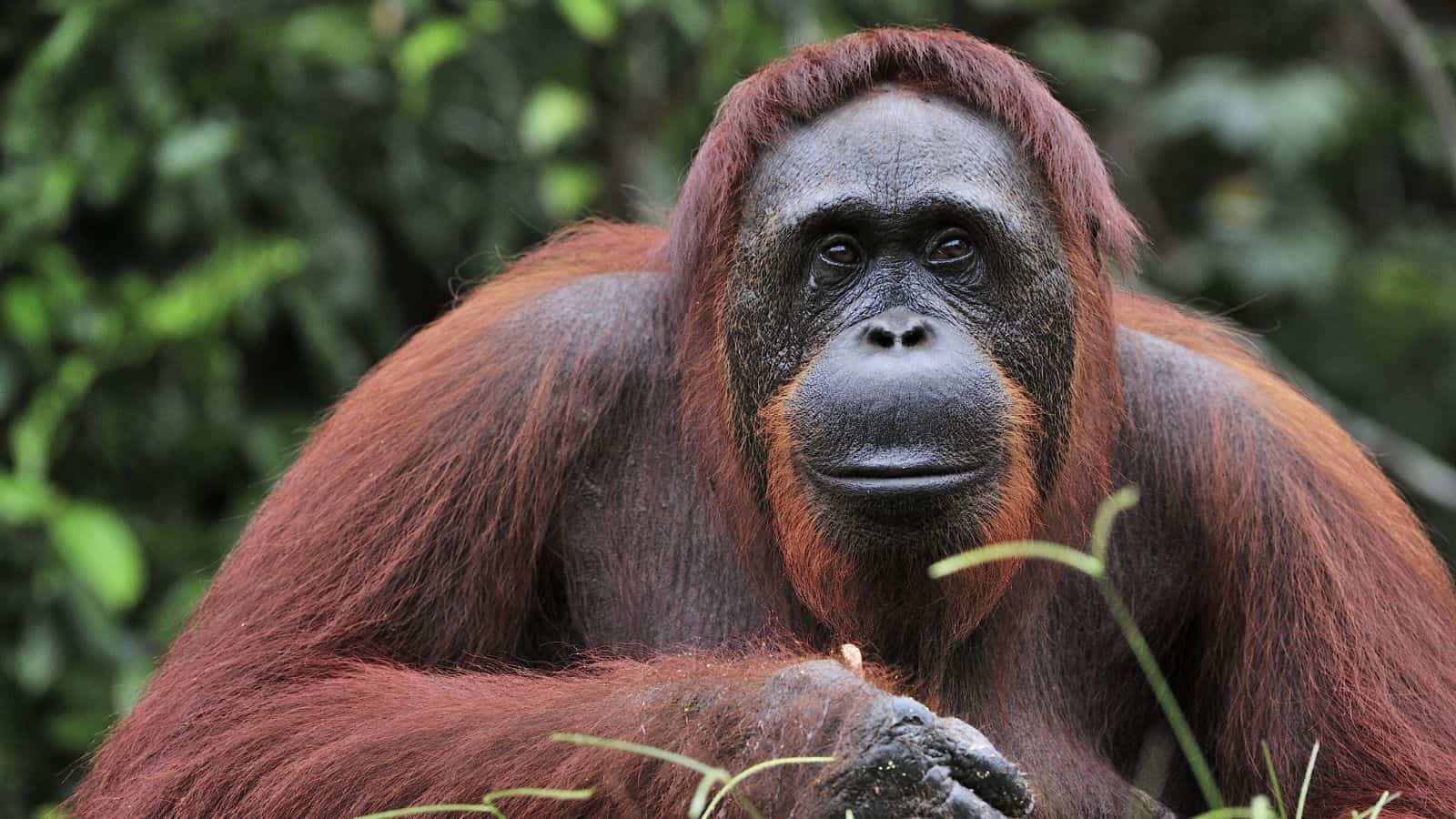
The three species of orangutan, Borean, Sumatran, and Tapanuli, are all considered critically endangered by the IUCN. According to the WWF, the “Tapanuli orangutan is the most endangered of all great apes.” Wild orangutans are threatened by poaching, deforestation, and the illegal pet trade.
Vaquita
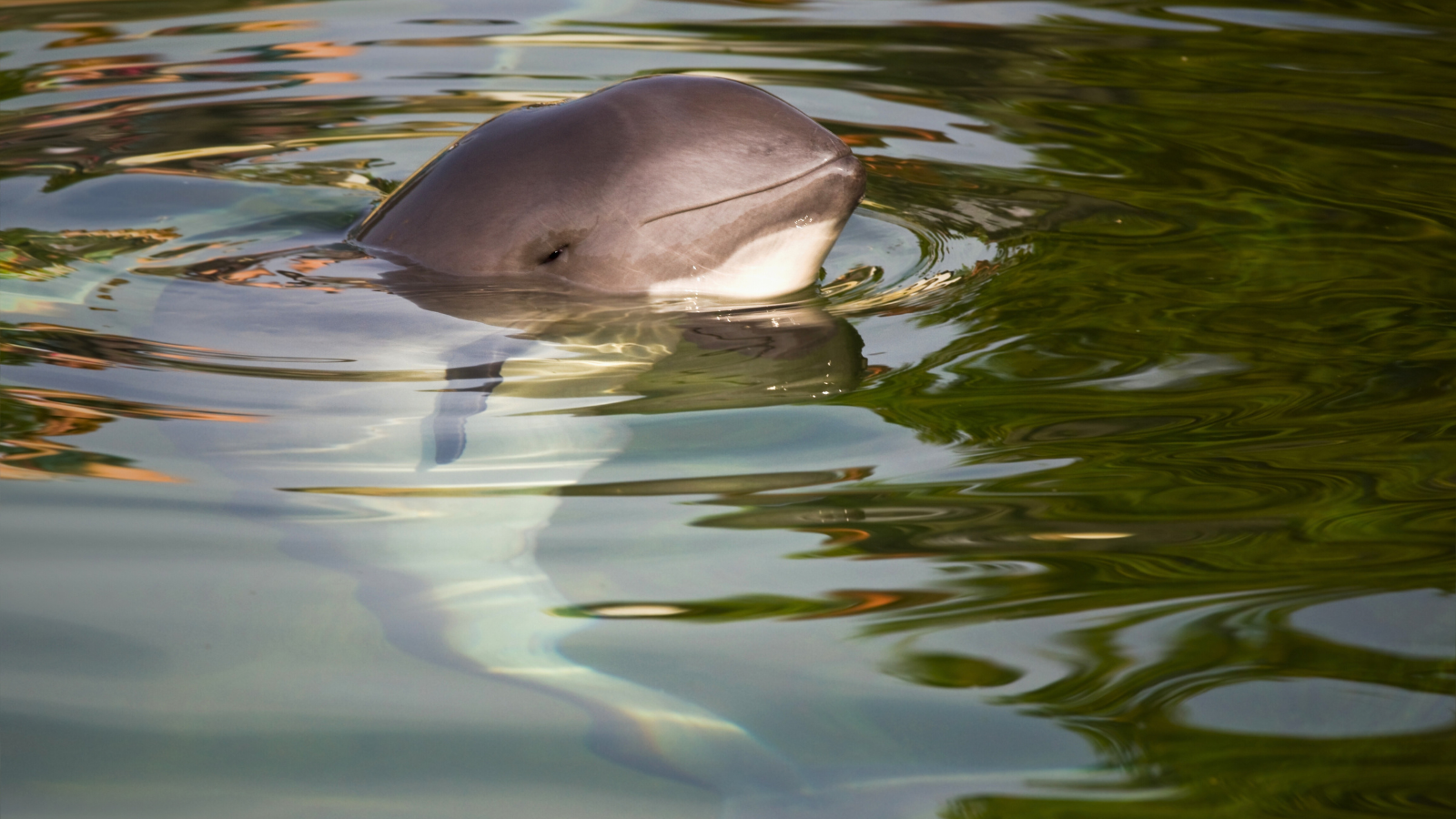
According to The Guardian, an extinction alert, the first of its kind, was issued by the International Whaling Association “to warn of the danger facing the vaquita, the world’s tiniest and most critically endangered marine mammal.” Illegal gillnet fishing for the totoaba fish in the Gulf of California in Mexico is the primary threat to the species, which are often caught and drowned in the nets.
Amur Leopard

This leopard is one of the most endangered big cats, with under 200 individuals alive. Native to southeastern Russia and northern China, the Amur leopard is threatened by poaching, deforestation, habitat loss, and potential inbreeding depression due to its small gene pool.
Javan Rhino

This critically endangered rhino, once native to tropical forests in India and Southeast Asia, is the most threatened of the five species. The WWF notes that there are “only around 70 individuals that live in Ujung Kulon National Park in Java, Indonesia.”
Mountain Gorilla

Mountain gorillas live in high-altitude forests in the mountains at elevations of 8,000 to 13,000 feet. Listed as endangered, this great ape has been pushed further into the mountains as humans have moved into its territory. There are thought to be less than 2,000 individuals, but numbers have been steadily rising in recent years due to conservation efforts.
North Atlantic Right Whale

NOAA Fisheries describes this animal as “one of the world’s most endangered large whale species.” The approximately 360 individuals are at risk of being struck by vessels, entanglement in fishing gear, and high noise levels interfering with their communication.
Snow Leopard

The snow leopard is listed as vulnerable due to its low population of under 10,000 mature individuals, which is expected to decline in the coming decades. It is threatened by infrastructure developments destroying its habitat and by poaching for its fur and bones, which are used in some traditional medicines.
Red Panda
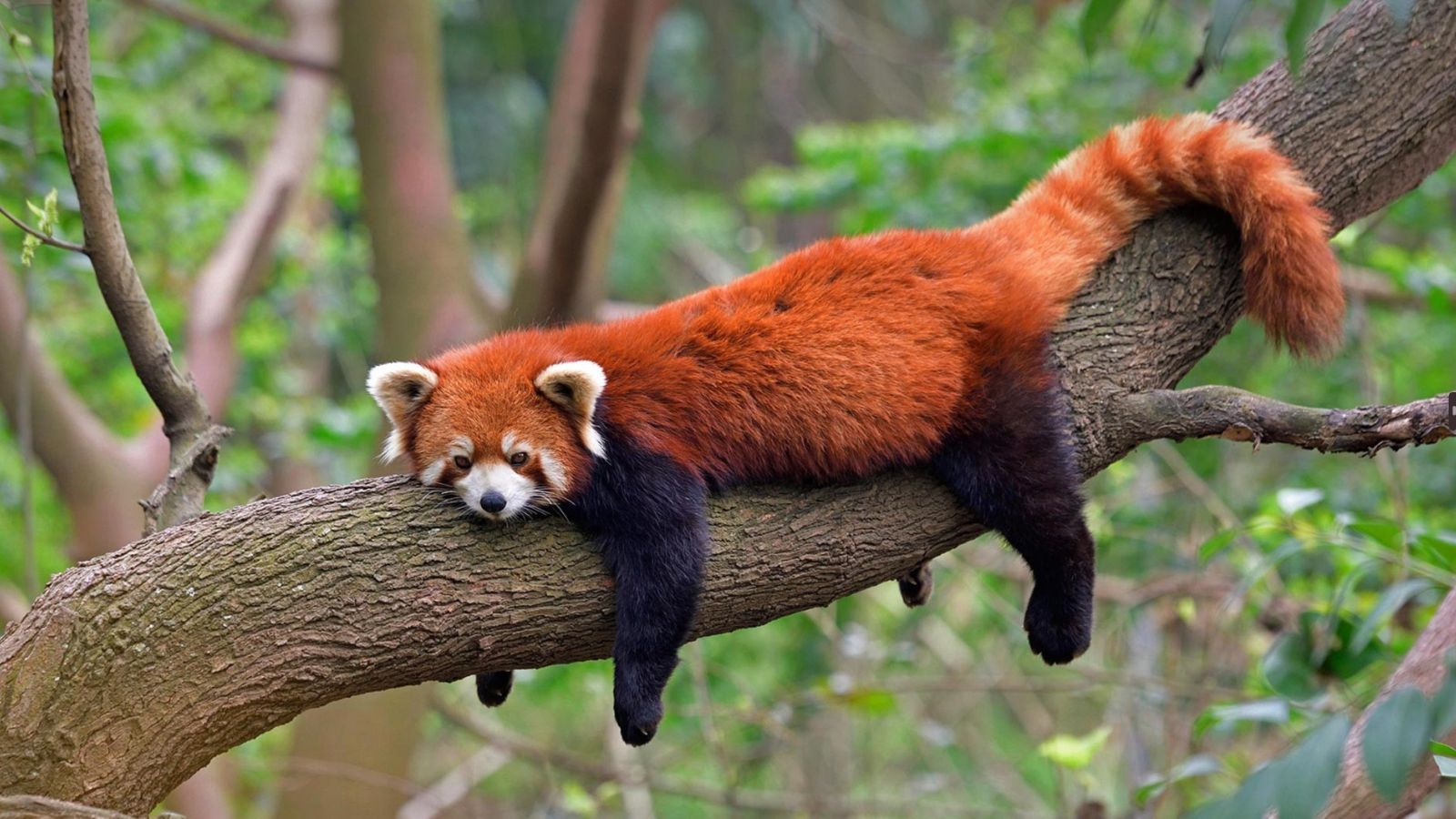
This small mammal is native to the Himalayas and is excellent at climbing due to its curved, semi-retractable claws and flexible joints. But it is threatened by deforestation destroying and fragmenting its habitat and poaching, so community-based conservation programs have been established in Nepal, Bhutan, and India to protect it.
Malayan Tiger

This critically endangered tiger is on a continuous population decline, threatened by poaching, habitat encroachment, and farmers killing the tigers for posing a threat to livestock. The Malaysian government has implemented nine conservation strategies to help protect the tiger.
Sumatran Elephant
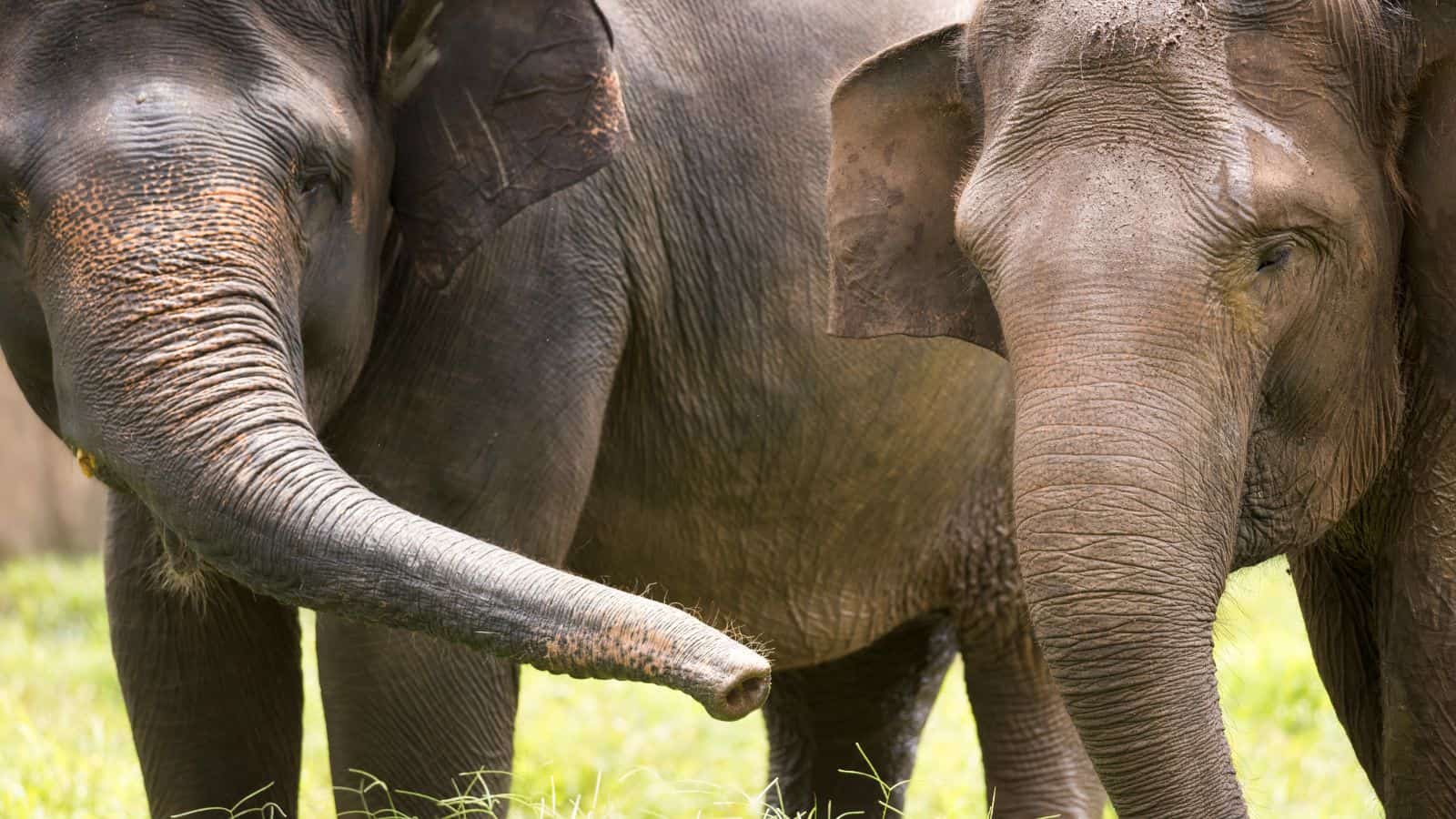
This animal is a critically endangered subspecies of the Asian elephant native to Sumatra. WCS Indonesia warns that this species faces “habitat loss, fragmentation, and degradation,” as well as poaching and loss of genetic viability “resulting from small population size and isolation.”
African Penguin

The African penguin is an endangered species confined to southern African waters. Earth Day notes that their population has “declined over 95% since pre-industrial times” and that the penguin is threatened by food scarcity and oil spills in Algoa Bay.
Gharial

This distinctive crocodile is famous for its long, narrow snout. The gharial is critically endangered by water pollution, dam construction, and riverine changes that degrade its freshwater habitat.
Saola

Known as the Asian unicorn for being one of the world’s rarest mammals, the saola was only discovered in 1992. The WWF explains that the species is “found only in the Annamite Mountains of Vietnam and Laos” and faces extinction due to logging, infrastructure development, and poaching in its habitat.
Chinese Giant Salamander

This critically endangered species is one of the largest salamanders in the world. Endemic to the Yangtze River basin in Central China, the salamander is at risk of habitat loss, pollution, and hunting as it is used in traditional medicines.
Leatherback Sea Turtle

The largest turtle in the world, this species is endangered, with its global population decreasing by 40% in the last three generations. According to NOAA Fisheries, the turtle is at risk of being caught in fishing gear, ocean pollution, marine debris, and vessel strikes.

